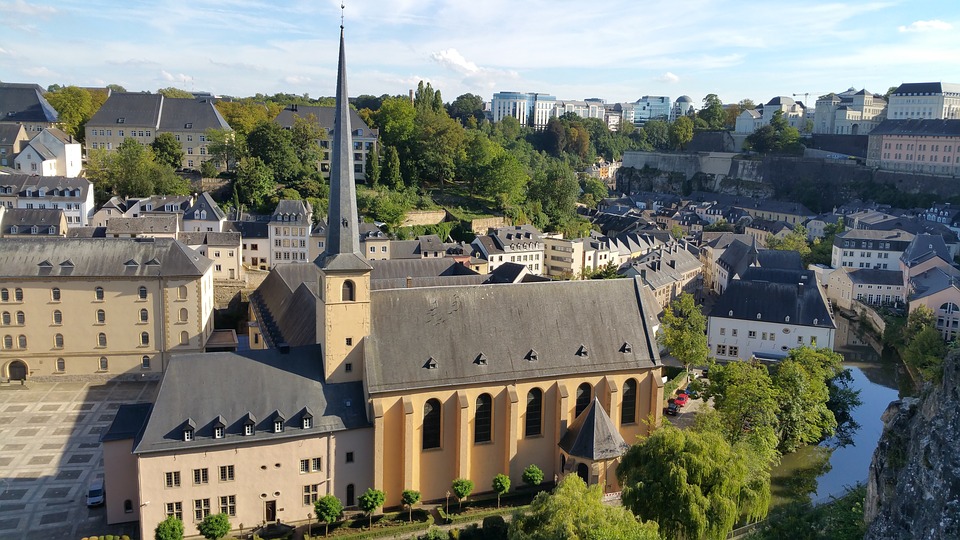Luxembourg is a place of diversity and contrasts. Though the capital counts only some 100,000 inhabitants, they stem from over 150 countries. They all appreciate and enjoy the incentives of the city built around a fortress more than 1,000 years ago.

There is good reason to refer to the city as the green heart of Europe: green areas make up about one third of the space, inviting the visitor the take a walk or go on a cycling tour. The old town around the cathedral has been part of UNESCO’s World Heritage list since 1994. While one can marvel at the remains of the commanding former fortress around the Bock promontory, splendid examples of contemporary architecture are at display in the European and finance quarter, including the much acclaimed Philharmonie and the transparent light-flooded Mudam (Museum of Modern Art). Despite its spectacular modernization in the last few decades, Luxembourg remains a metropolis on a human scale. One can stroll along the shopping streets, have a glass of wine on one of the numerous terraces or enjoy the many restaurants which offer local and international cuisine as well as star-loaded dishes.
Diversity and contrasts continue beyond the city limits. All four regions of the country are worth a detour and can be reached within a short drive. The Ardennes in the North are shaped by densely wooded valleys and windy plateaus. Visitors are in for some amazing natural views, two natural parks renowned for their organic local produce as well as medieval castles and fortresses.
The Mullerthal, which the locals fondly refer to as Luxembourg’s Little Switzerland, has to offer impressive rock formations which make the area a delight for those who enjoy hiking. Echternach, the oldest town in the country, is definitely worth visiting: it draws its international reputation from the annual music festival and the dancing procession which carries its name.
Eastward lies the Moselle region with its mild microclimate and the vineyards. While biking along the border river one can discover the wine route and its medieval villages where one can taste white wines and the famous crémant (sparkling wine) but also savory local dishes like a friture (small fried fish).
The region of the Terre-Rouge (red soil) in the South got its name from the iron ore which was responsible for the country’s wealth for many years. The visitor can stroll through the industrial wasteland which nature has conquered back lately or take a ride with a historical train.
Useful sites:
Official website of the Luxembourg for Tourism
Luxembourg City Tourist Office
Vauban&Fort – Rent rooms and studios in Luxembourg
Public transport in Luxembourg
Hotels in Luxembourg
